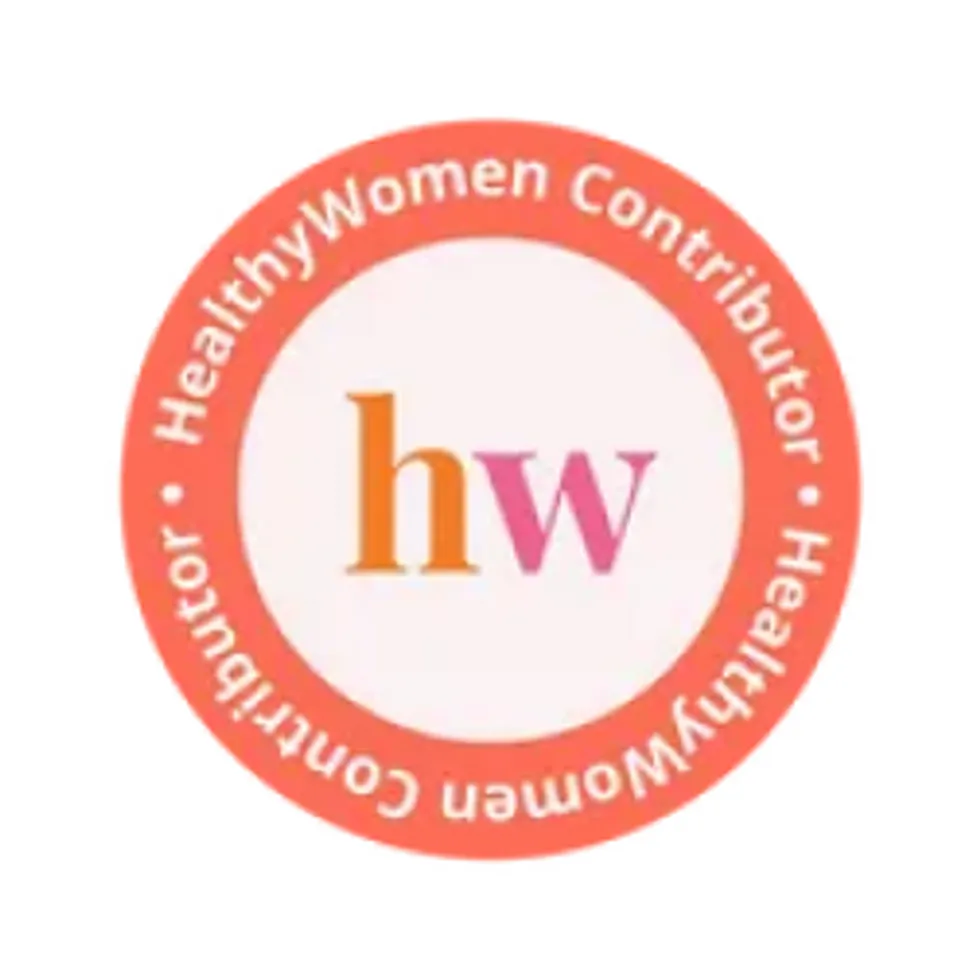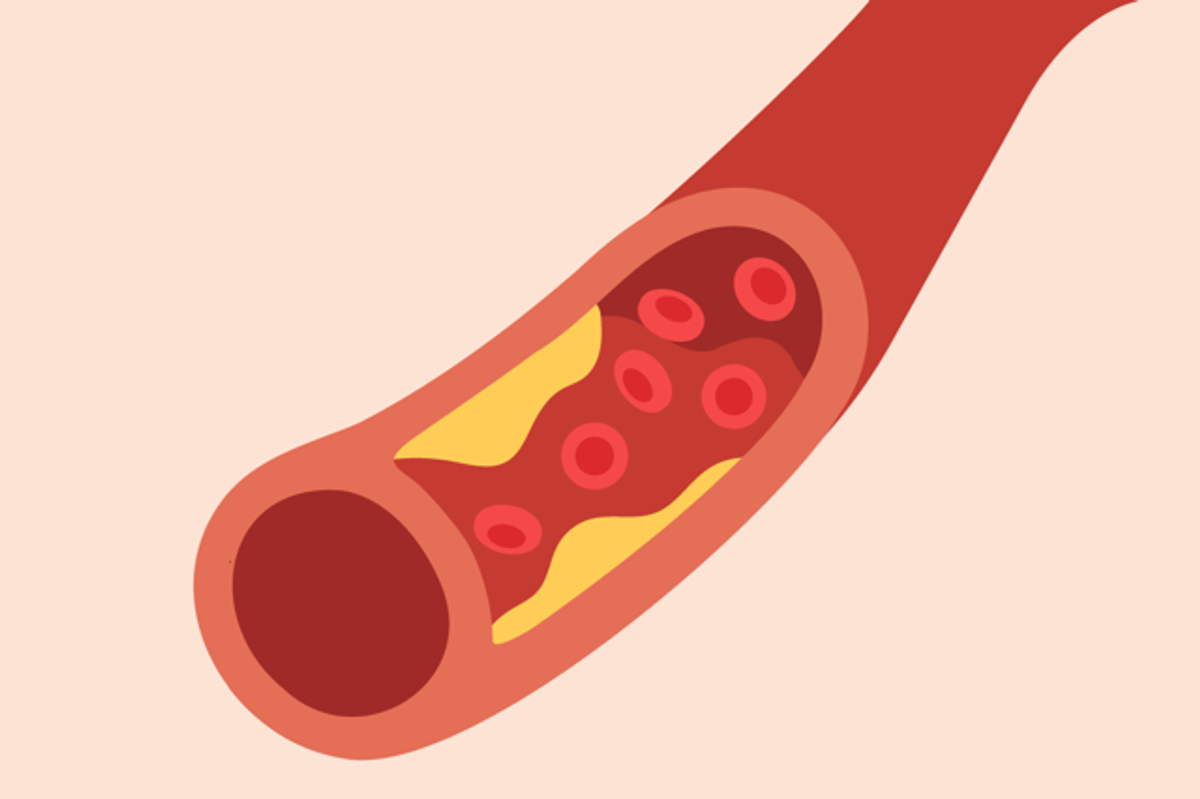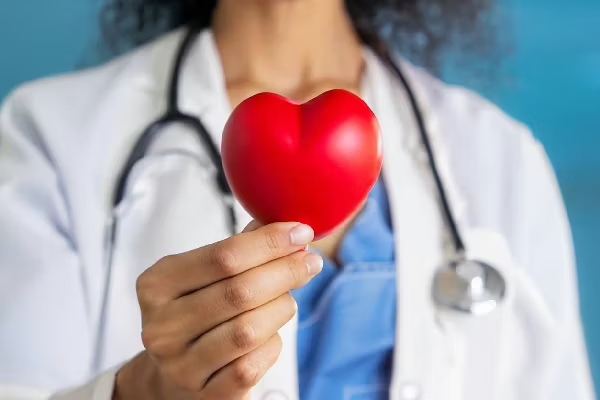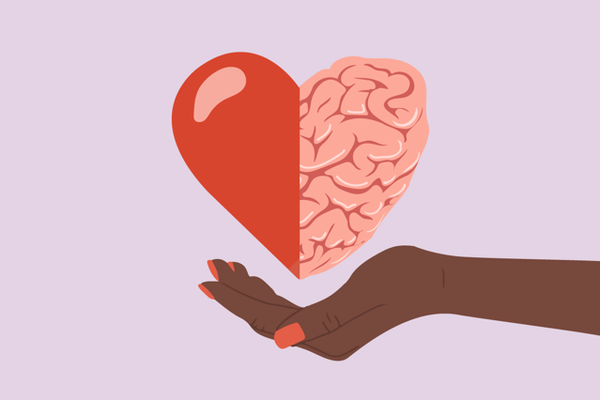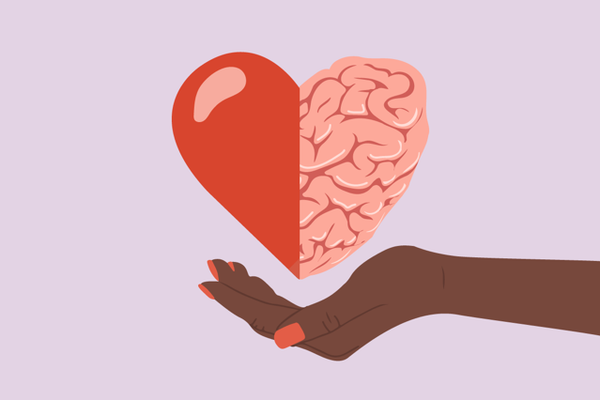Slide 2
What is atherosclerosis?
Atherosclerosis happens when plaque (a sticky substance made mostly of fat and cholesterol) slowly builds up in your arteries.
Arteries are blood vessels that carry blood through your body.
Plaque buildup causes the arteries to get thicker and harder. This leaves less room for blood to flow through.
Slide 3
Symptoms of atherosclerosis
You may not notice any symptoms with atherosclerosis.
Many people don’t know they have atherosclerosis until an artery becomes very narrow or blocked completely.
This sets the stage for possible health problems.
Slide 4
Atherosclerosis and the heart
Coronary heart disease is caused by atherosclerosis. The plaque buildup keeps arteries from bringing enough blood to the heart.
This buildup may cause problems like:
-
Heart attack (myocardial infarction)
-
Chest pain (angina)
-
Damage to the heart’s blood vessels (coronary artery stenosis)
Slide 5
Atherosclerosis and the brain
Plaque in the neck arteries supplying the brain (also called carotid arteries) cause a lack of blood flow to the brain. This is called carotid artery disease and is one of the main causes of stroke.
Slide 6
Atherosclerosis and the legs
Blocked arteries that bring blood to the legs and feet can lead to peripheral artery disease (PAD).
People with PAD may have:
-
Pain in the legs when walking (claudication)
-
Leg numbness or weakness
-
Cold feet
Slide 7
Risk factors for atherosclerosis
Some of the reasons a person may be at higher risk of atherosclerosis are:
-
High cholesterol
-
High blood pressure
-
Smoking
-
Type 1 and Type 2 diabetes
-
Obesity
Slide 8
Reducing your risk
The good news? You can lower your risk of atherosclerosis by:
-
Substituting healthy fats (olive oil and omega-3 fats) for saturated fats
-
Eating plenty of fruits and vegetables
-
Moving your body regularly
-
Not smoking
-
Maintaining a healthy weight
-
Keeping cholesterol and blood pressure levels healthy
-
Exercising
Slide 9
For more information
To learn more about atherosclerosis, talk to your healthcare provider.
This educational resource was created with support fro m Merck and Novartis.
